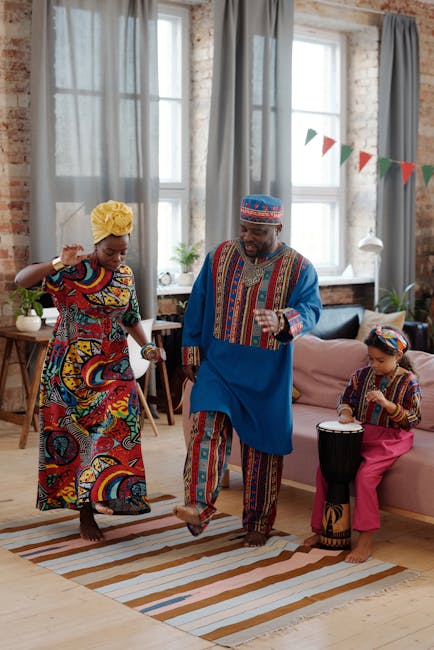Many modern musical instruments
are cumbersome or have a lot of parts. Some need a stand or a stool. But the cajon is a drum, a stand
and a seat all in one convenient box. And this simplicity may be key to
its journey across continents and cultures to become one of the most popular
percussion instruments in the world today. The cajon's story begins in West Africa, whose indigenousness people
had rich musical traditions centered on drumming and dancing.
When many of them were captured
and brought to the Americas as slaves, they brought this culture with them, but without their native instruments,
they had to improvise. African slaves in coastal Peru
didn't have the materials or the opportunity to craft
one of their traditional drums such as a djembe or a djun djun. But what they did have
were plenty of shipping crates. Not only were these readily accessible, but their inconspicuous appearance may have helped get around laws
prohibiting slaves from playing music. Early Peruvian cajons
consisted of a simple box with five thick wooden sides. The sixth side, made of
a thinner sheet of wood, would be used as the striking surface, or more commonly known as the tapa. A sound hole was also cut into the back
to allow the sound to escape. As an Afro-Peruvian culture developed, and new forms of music and dance,
such as Zamacueca, Festejo and Landó were born, the cajon became a dedicated musical
instrument in its own right.

Early modifications involved simply
bending the planks of the box to tweak the sound, and when abolition of slavery introduced
the cajon to a broader population, more improvisation
and experimentation soon followed. Perhaps the person most responsible
for introducing the cajon to European audiences was Spanish
Flamenco guitarist Paco de Lucía. When touring in Peru in 1977, he and his percussionist Rubem Dantas discovered the cajon
and brought it back to Spain, recognizing its potential
for use in Flamenco music. By stretching guitar strings
along the inside of the tapa, the flamenco musicians were able to create
a buzz-like snare sound. Combined with the regular base tone, this gave the cajon a sound
close to a basic drum set.
The cajon quickly caught on, not only becoming standard in Flamenco, but being used in genres like folk,
jazz, blues and rock. Today, many specialized cajons
are manufactured, some with adjustable strings, some with multiple playing surfaces, and some with a snare mechansim. But the basic concept remains the same, and the story of the cajon shows that the simplest things
can have the most amazing potential when you think outside and inside the box..

